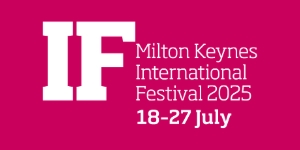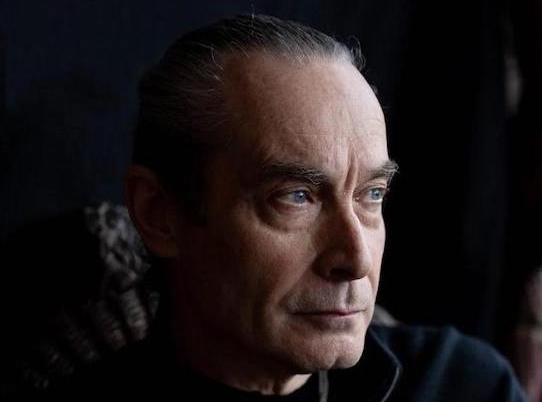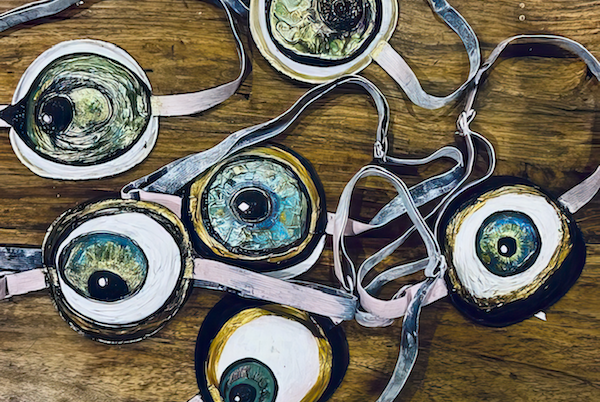A new exhibition will reveal the story behind the man whose inventiveness and vision proved invaluable to Bletchley Park’s World War Two codebreaking.
The exhibition, titled Gordon Welchman: Bletchley Park’s Architect of Ultra Intelligence, will be open to the public from Friday (September 25).
It is based on Dr Joel Greenberg’s book, Gordon Welchman: Bletchley Park's Architect of Ultra Intelligence.
Based in the Mansion Drawing Room, this has also served as an opportunity to beautifully restore the room as part of the ongoing efforts to return the uniquely historic buildings of Bletchley Park to their former glory.
A mathematician and lecturer at the University of Cambridge, Welchman was selected as a potential codebreaker before the war began. He had just a short course in cryptography before starting work at Bletchley Park but, despite this limited training, he quickly made his mark.
His contributions to breaking the Enigma codes included adapting Alan Turing’s design for the codebreaking Bombe machine, changing it into a workable machine. He also established Hut 6, leading the team who decrypted more than 1 million German air force and army codes.
The exhibition highlights Welchman’s contributions to the success of Bletchley Park. It also describes how his 1982 decision to publish details of WW2 codebreaking in his book, The Hut Six Story, led to Government Code and Cypher School at the time describing him as “a disastrous example to others.”
His wartime colleagues could not have thought of Welchman more differently though, describing him in the later 1940s as inspiring, inventive and by one as “one of the most original minds I have ever known.”
After the war ended Welchman continued to be a major influence on the modern world, emigrating to America where he brought the computer age to air traffic control, developed digital computers and taught one of the first ever computing courses.
His work prefigured cloud computing.
For more details visit http://www.bletchleypark.org.uk/

















